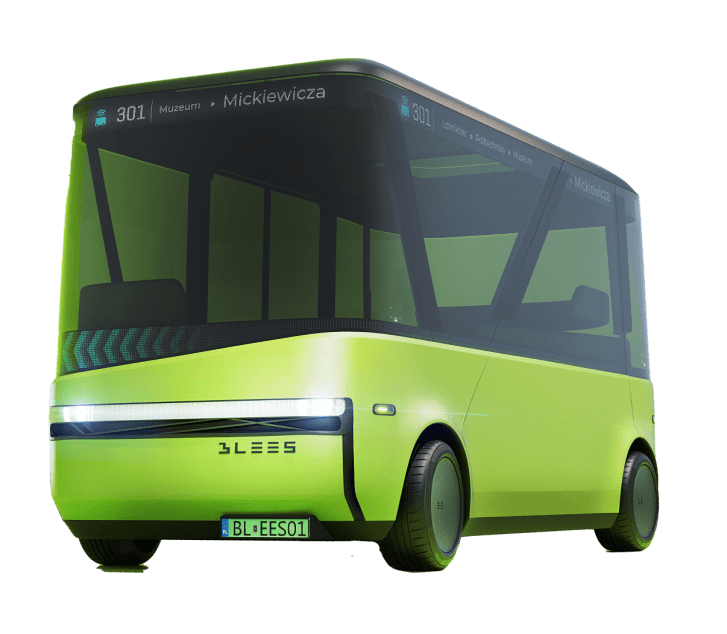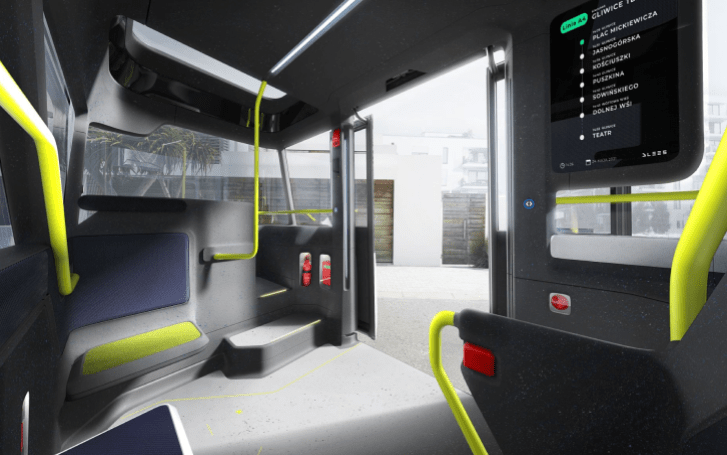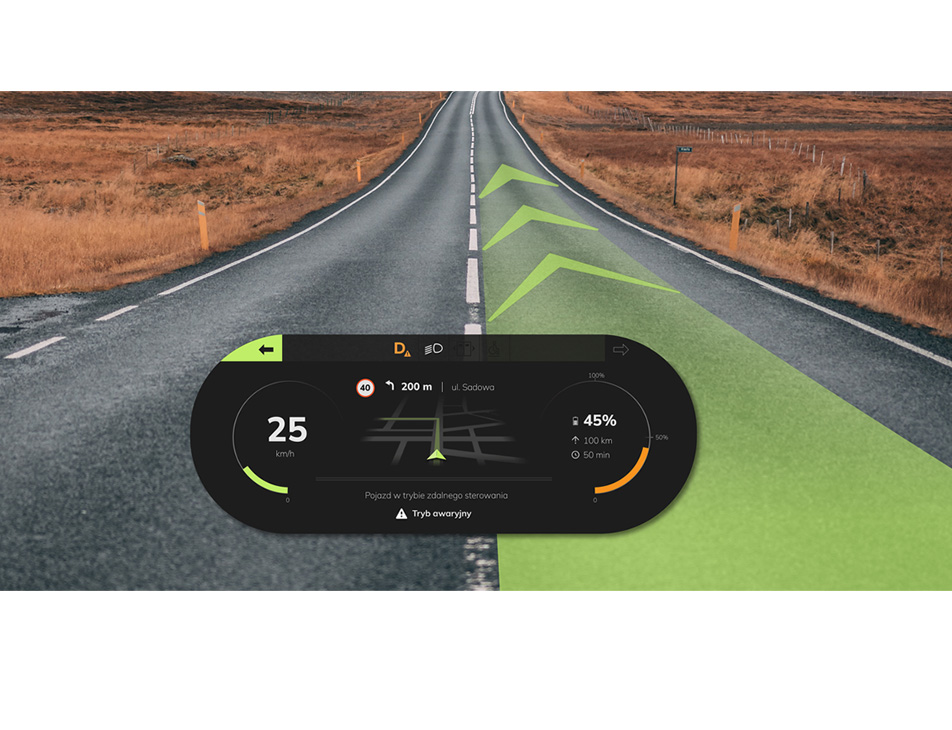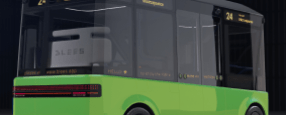Top quality standard
We use state-of-the-art technologies to develop our system.
We test every area (software, hardware, vehicle) at varying levels of operation.
We are also committed to cybersecurity. It is incorporated in our process to ensure protection against digital attacks.






















